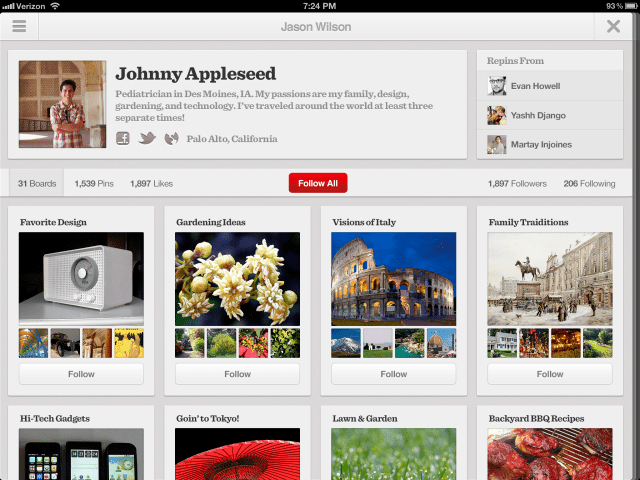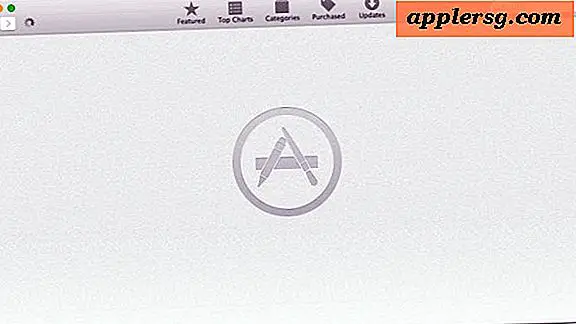As we detailed earlier today, it’s easy to download iPhone and iPad apps from the Mac App Store to run them on the new M1-powered MacBook Air, Mac mini, and MacBook Pro. However, Apple gives developers the ability to opt-out of having their application available on the Mac, and many have taken that option.

Browse and download apps to your iPad, iPhone, or iPod touch from the App Store. The App Store has more than one million apps and games for your iOS device. In theory, all the apps designed for iPhone and iPad will be available on the Mac App Store when accessed through an Apple Silicon Mac, but in reality, there will be multiple apps missing. Apps can transform the way you do anything you’re passionate about, whether that’s creating, learning, playing games or just getting more done. And the App Store is the best place to discover new apps that let you pursue your passions in ways you never thought possible. As we detailed earlier today, it’s easy to download iPhone and iPad apps from the Mac App Store to run them on the new M1-powered MacBook Air, Mac mini, and MacBook Pro.However, Apple gives.
A user on Reddit has now discovered that it’s actually possible to install app files, or .IPA files, from your iPhone on an M1 Mac.
So, I figured this out after having a suspicion it might work (and adhoc signed iOS builds working just fine). If you have a LEGAL.ipa file from the App Store (downloading via iTunes, backup from your device, using a tool like iMazing, etc.) then you can double-click the.ipa file to open and install them on your M1 Mac.
To do this, you need to have a copy of the IPA file, and as The Verge points out, it needs to be associated with your Apple ID. This means you can’t just download IPA files from other sources, or even share them with other users. So how do you extract an IPA file from your iPhone?
Using the app iMazing, you can directly download the IPA files of apps you’ve purchased on your iPhone. The Reddit user “probablyamy” detailed the process:
- Plug-in device to Mac with iMazing running
- Select “Apps” for the iPhone plugged in to your Mac
- Select “Manage Apps” in the tabs at the bottom
- Select “Library” in the manage apps screen
- Download the apps you want
- Right click on the downloaded app in the list -> Export ipa
Once you export the IPA, you simply double click the file, then it installs and moves itself to your Applications folder just like a normal Mac app. You can open it from Finder, from Launchpad, or add it directly to your macOS dock for easy access.
Video: How to side load iPhone apps on M1 Macs
This works for the vast majority of iPhone and iPad applications, including notable holdouts such as Netflix, Hulu, Dark Sky, and Instagram. Certain applications, however, such as WhatsApp and the Apple Store app, have additional requirements that prevent them from opening on the Mac at all.
There are a few things to keep in mind with this strategy. First, these developers chose to not make their apps available on the Mac for a reason. In many instances, things are wonky and don’t work quite right. Netflix, for instance doesn’t offer a full-screen mode, or even the ability to resize the window.
Instagram works properly, though it’s pretty small. I was actually most impressed with the Plex app, which runs without a hitch. TikTok also works quite well. But again, remember that developers chose to opt-out for a reason, so you shouldn’t take your complaints to them.
Finally, this is something that Apple can (and likely will) block in the future. It’s an unsupported method of installing iPhone and iPad apps on Apple Silicon Macs, and we shouldn’t expect it to be around forever. Think of it as more of a temporary way to explore the possibilities of these apps on your Mac.
If you’re interested in trying it out, you can download iMazing for free.

FTC: We use income earning auto affiliate links.More.
Apple recently released a whole new line-up of Macs that are completely powered by Apple’s own custom-designed chips called ‘Apple Silicon’ instead of the Intel processors that the company has used over the last 15 years. These new chips allow Apple to have more control over the experience of using the Mac, and enable a lot of new features for the consumers.
The first Mac models that ship with these new chips are the MacBook Air, MacBook Pro, and the Mac mini — all of which run the first-generation Apple Silicon named ‘M1’. If you recently purchased any of these three models running Apple M1 chips, your Mac has the ability to run iOS apps. That’s right, you can install and run some of your favorite iPhone and iPad apps on your Mac and this handy guide explains how.
But first, how do you know whether you have an M1 Mac or not? Well, it’s easy to find out.
How to Check if your Mac can run iOS apps?
To run iPhone or iPad apps on your Mac, you need a Mac running Apple Silicon chips. Right now, the only Apple Silicon capable of running iOS apps is Apple M1, but the company is poised to release a newer generation in the coming months. To find out whether your Mac runs on Apple Silicon:
- Click on the Apple Logo at the top left corner of your screen.
- Click on About this Mac.
- In the window that appears, if it says ‘Chip Apple M1’ then your Mac is capable of running iOS apps.
Now that we know that your Mac can run iOS apps, let’s learn how to download and install iPhone and Apps on macOS Big Sur.
App Store For Mac
How to Download & Install iOS apps on Mac?
To run iPhone and iPad apps on your Mac, you have to download and install them from the App Store app on your Mac. You probably already have this in your Dock, which looks like this:
- Click on the app icon to launch it. You can also launch the app by clicking on the little magnifying glass icon at the top right corner of your screen and searching for “App Store”.
- Next, in the App Store app, click on the Search field at the top left of the app.
- Type in the name of the iOS app that you want to download and install on your Mac. Let’s take the example of Readdle’s Documents, which is now available on the M1 Macs.
- In the search results shown on the right, click on iPhone & iPad Apps.
- Click on the Get button to start downloading the app.
- Once installed, the Get button switches to Open, using which you can launch the iOS app.
- That’s it, that’s how easy it is to run iOS apps on your Mac.
Use Ios Apps On Mac
Note: The App Store app on your Mac will only list those iOS apps that have been made available by their respective developers for sale on the Mac.
Download Ios Apps On Mac
Now that we’ve learned how to download iPhone and iPad apps on your Mac, you can go ahead and explore all the amazing iOS apps that are available through the Mac App Store.
Run Ios Apps Mac
You should get started with Documents by Readdle — the super app for file actions. An immensely popular app for iPhone and iPad, Documents is now available on macOS Big Sur and brings along all the incredible features from the iOS version.
